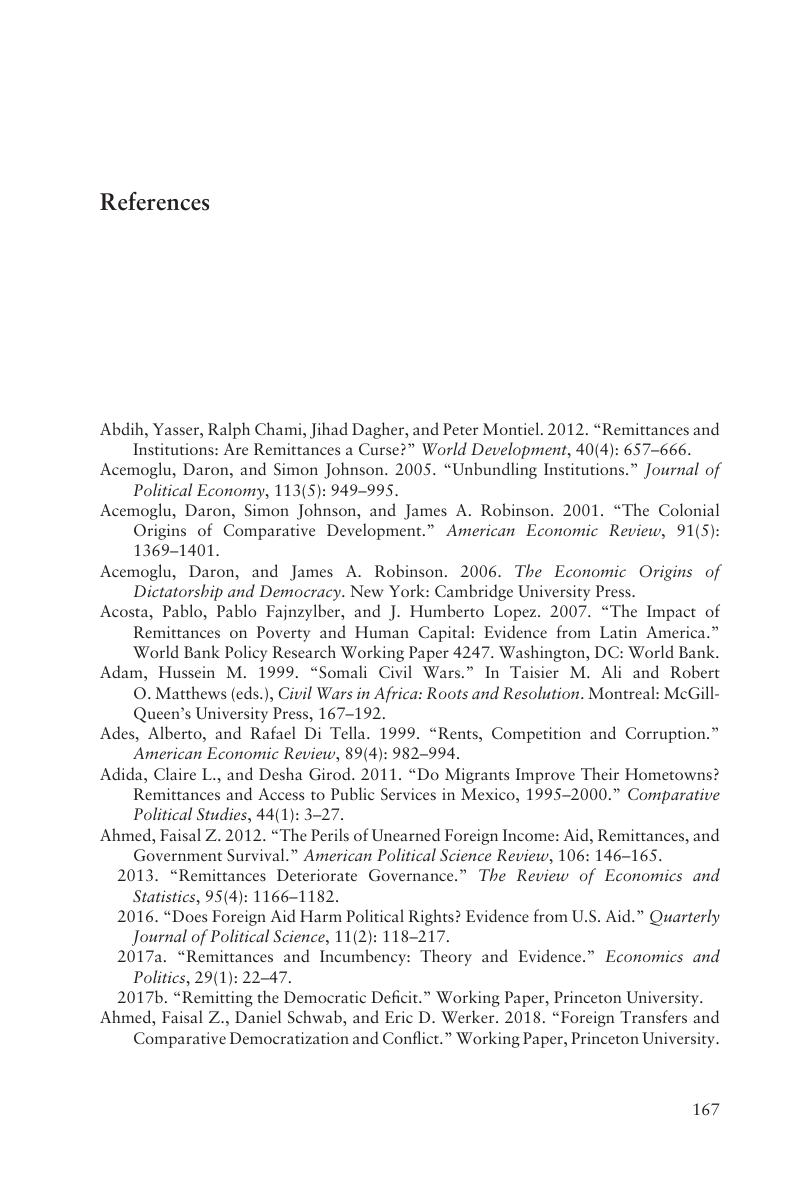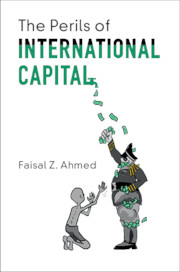Book contents
- The Perils of International Capital
- The Perils of International Capital
- Copyright page
- Dedication
- Contents
- Figures
- Tables
- Acknowledgments
- 1 The Politics of International Capital
- 2 International Capital and Authoritarian Survival
- 3 Foreign Rents and Rule
- 4 Aiding Repression
- 5 Remittances and Autocratic Power
- 6 Foreign Direct Investment in Militarism
- 7 Conclusion
- References
- Index
- References
References
Published online by Cambridge University Press: 10 December 2019
- The Perils of International Capital
- The Perils of International Capital
- Copyright page
- Dedication
- Contents
- Figures
- Tables
- Acknowledgments
- 1 The Politics of International Capital
- 2 International Capital and Authoritarian Survival
- 3 Foreign Rents and Rule
- 4 Aiding Repression
- 5 Remittances and Autocratic Power
- 6 Foreign Direct Investment in Militarism
- 7 Conclusion
- References
- Index
- References
Summary

- Type
- Chapter
- Information
- The Perils of International Capital , pp. 167 - 180Publisher: Cambridge University PressPrint publication year: 2019



